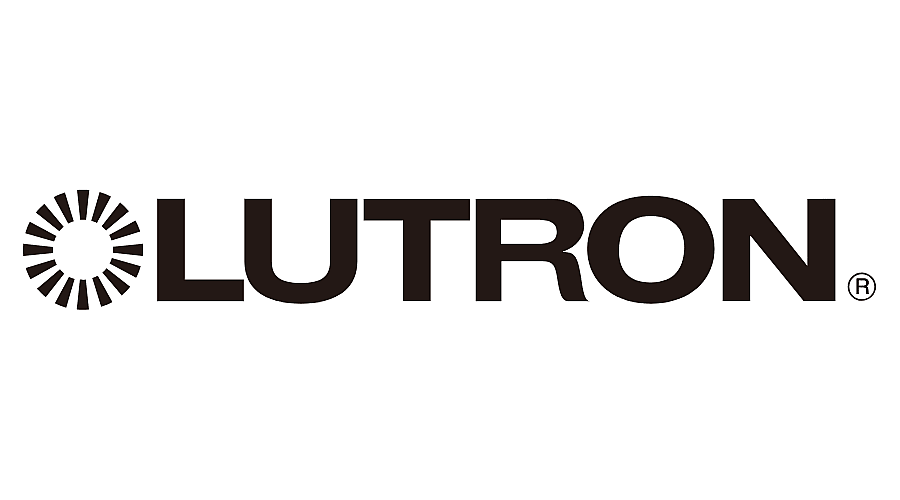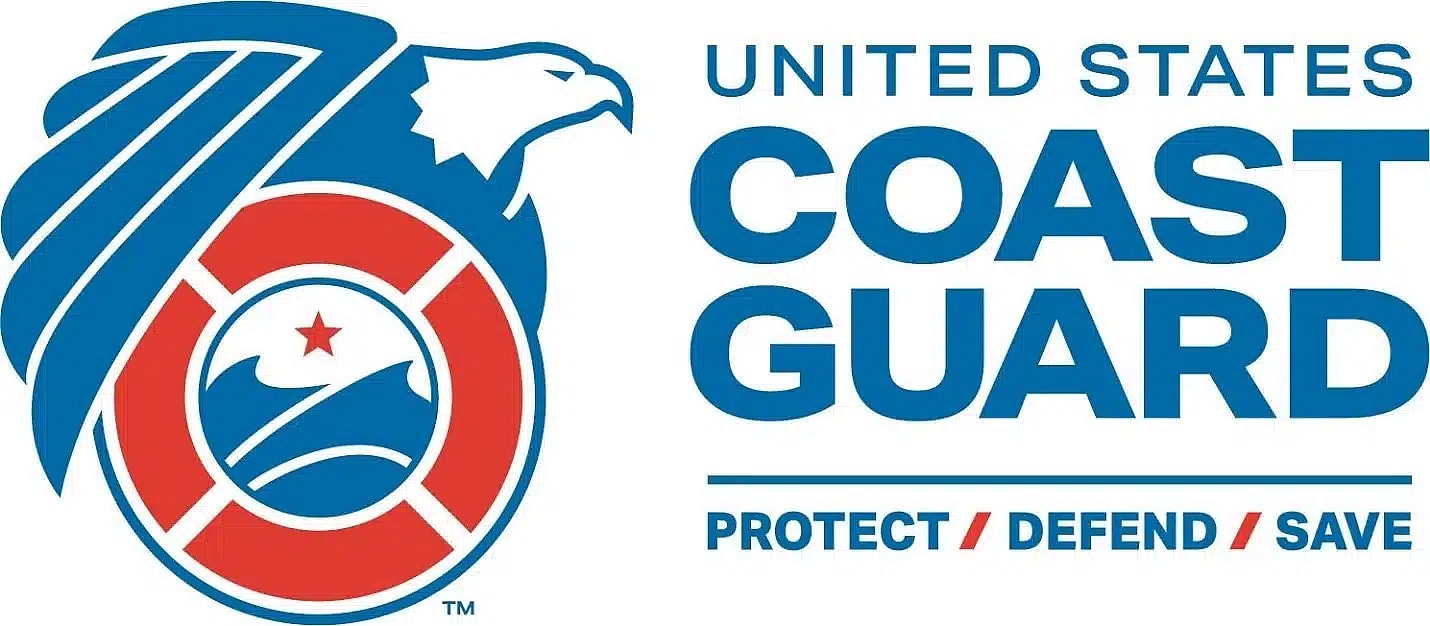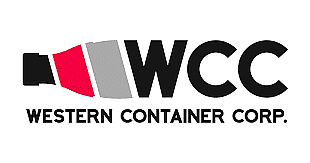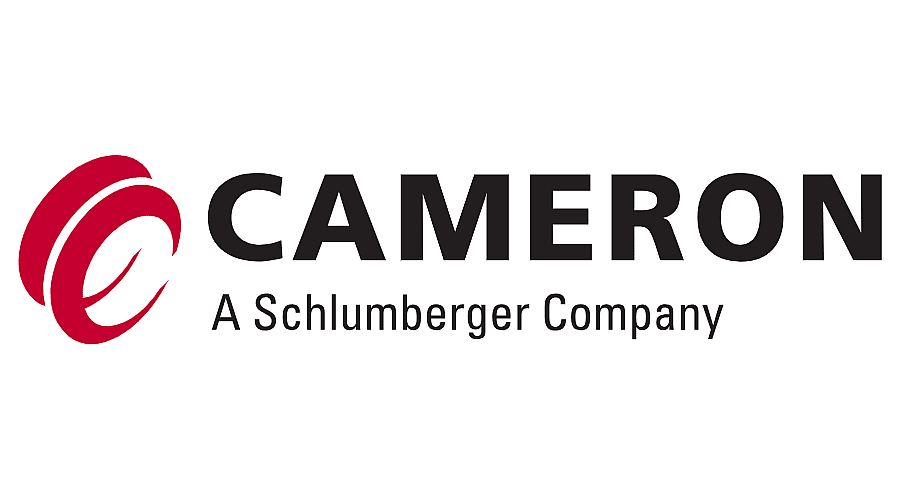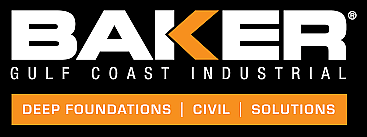Effective Corrosion Control Methods
Effective Corrosion Control Methods
Many businesses rely on certain pieces of infrastructure to accomplish various tasks. Fields such as the pipeline industry, construction, and many more rely heavily on metal items to function. Pipelines are responsible for the transportation of many essential liquids. The construction industry is one of the fastest-growing industries in the world, and it relies heavily on the proper functioning of its equipment. These key industries and others like them are extremely susceptible to the damages caused by corrosion. Corrosion on a pipeline can cause service delays, major structural damage, and even holes, all of which endanger not only equipment but workers’ safety. Corrosion in the construction industry can lead to extreme damage to machines and endanger workers’ lives from falling or malfunctioning equipment.
There are many types of corrosion; some are quite fast-acting while others are slow, so their dangers are not as readily apparent. Corrosion is one of the most dangerous naturally occurring processes to affect buildings, structures, pipelines, equipment, and business as a whole. The process of corrosion describes the deterioration of metals over time. For a company to thrive, its infrastructure must be operational. Many businesses take their infrastructure for granted, but there are serious threats from unmanaged corrosion. Check out these effective corrosion control methods to help protect your infrastructure from damage.
Use corrosion-resistant metals
The use of corrosion-resistant metals can lower your infrastructure’s risk for developing major corrosion issues. Certain metals are more resistant to corrosion than others. Some metals react with other elements, releasing energy. Metals all have differing levels of reactivity. Choosing a metal that is less reactive than others is a good way to start minor corrosion prevention. While simply choosing a less reactive metal will not prevent corrosion entirely, it is a great place to start. Iron and steel are two metals that are very susceptible to corrosion and are also extremely common to use in many structures. Completely replacing the metals used in a structure is unrealistic and extremely costly.
When building new structures, keep the use of corrosion-resistant materials in mind. This can lower the new structure’s risk of developing corrosion throughout its life. Even with corrosion-resistant metals, it’s important to take further steps in preventing corrosion and protecting structural integrity.
Apply protective coatings
Another way to prevent corrosion is by applying protective coatings to the metals used in your structure or equipment. Protective coatings are paint, bonded epoxies, or other covering material. In some cases, you simply apply the coating like you would a layer of paint to your metals. These coatings act as barriers to shield your metal from corrosive environments. This is a low-cost method of adding a layer of protection against corrosion to your metals. Protective coatings come in different material options, such as paint, powder, or plastic. Paints are brushed onto the surface. Powders are bonded to the metal surface by heat, which creates a very thin film. Plastics are typically sprayed on the surface. All of these methods provide mild protection from corrosive materials and environmental factors, preventing and postponing corrosion from forming on your structures.
While protective coatings are extremely helpful as a corrosion prevention technique, it is not guaranteed to stop all corrosion. Protective coatings get worn down over time and may need to be reapplied. This can become much more costly and time-consuming than originally planned for by many businesses. It is a great step on the path to corrosion control.
Implement cathodic protection
Cathodic protection is a common method used to limit corrosion. Cathodic protection works to keep your metal materials safe from corrosion by converting the anodic sites on the metal’s surface to cathodic sites. This means the active corrosion sites are turned into passive ones. This is done through a process of supplying electrical currents from an external source. This can be done by using galvanic anodes, which are very active metals. This process is often known as a sacrificial system because the galvanic anodes are used as a sacrifice to protect the metal surface from corrosion. This process is the most effective at preventing corrosion and should be used to keep corrosion under control in your structures and systems.
Cathodic protection, along with proper coatings, is the best option for corrosion control for structures underground. Combining multiple corrosion-control methods is the best manner to combat imminent corrosive materials from attacking your metals and ultimately leading to their deterioration and failure. Cathodic protection uses reactions to prevent the undesired chemical reaction that creates corrosion, often taking the form of rust. A full plan for corrosion control should be in place to thoroughly protect your structure and metal surfaces from rust.
However, eventually corrosion does occur, regardless of the measures you may take to protect your structures. The absolute best way to combat and control corrosion is by contacting trusted corrosion consultants who can provide you with surveys that will detail to you exactly what you need to know to help fix, prevent, and control corrosion. You will learn about any current corrosion issues your structure is facing, and you will also be given options to create a plan to address these issues before their severity increases to a dangerous level. Another advantage you will gain from a professional corrosion consultant is they will supply you with a full punchlist of concerns that may develop into issues. This way, you can take action before corrosion starts to jeopardize the structural integrity of your business’s materials. A corrosion consultant will also help you to develop a full-service plan to protect your metal materials from corrosive elements in the future.
All of these services are provided to you by Dreiym Engineering. We provide cathodic protection surveys, which include consulting by a professional engineer. Our team of professional experts will work tirelessly to help you create a safe, stable, and long-lasting work environment, structure, or pipeline. Contact us today for a quote on services. Corrosion can be controlled and limited with the right work by the right people.

















